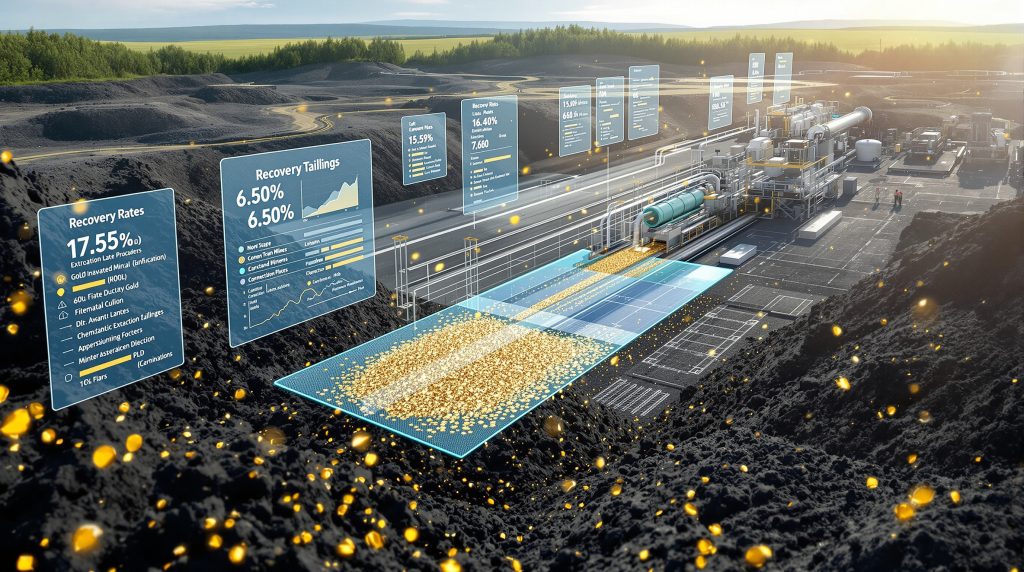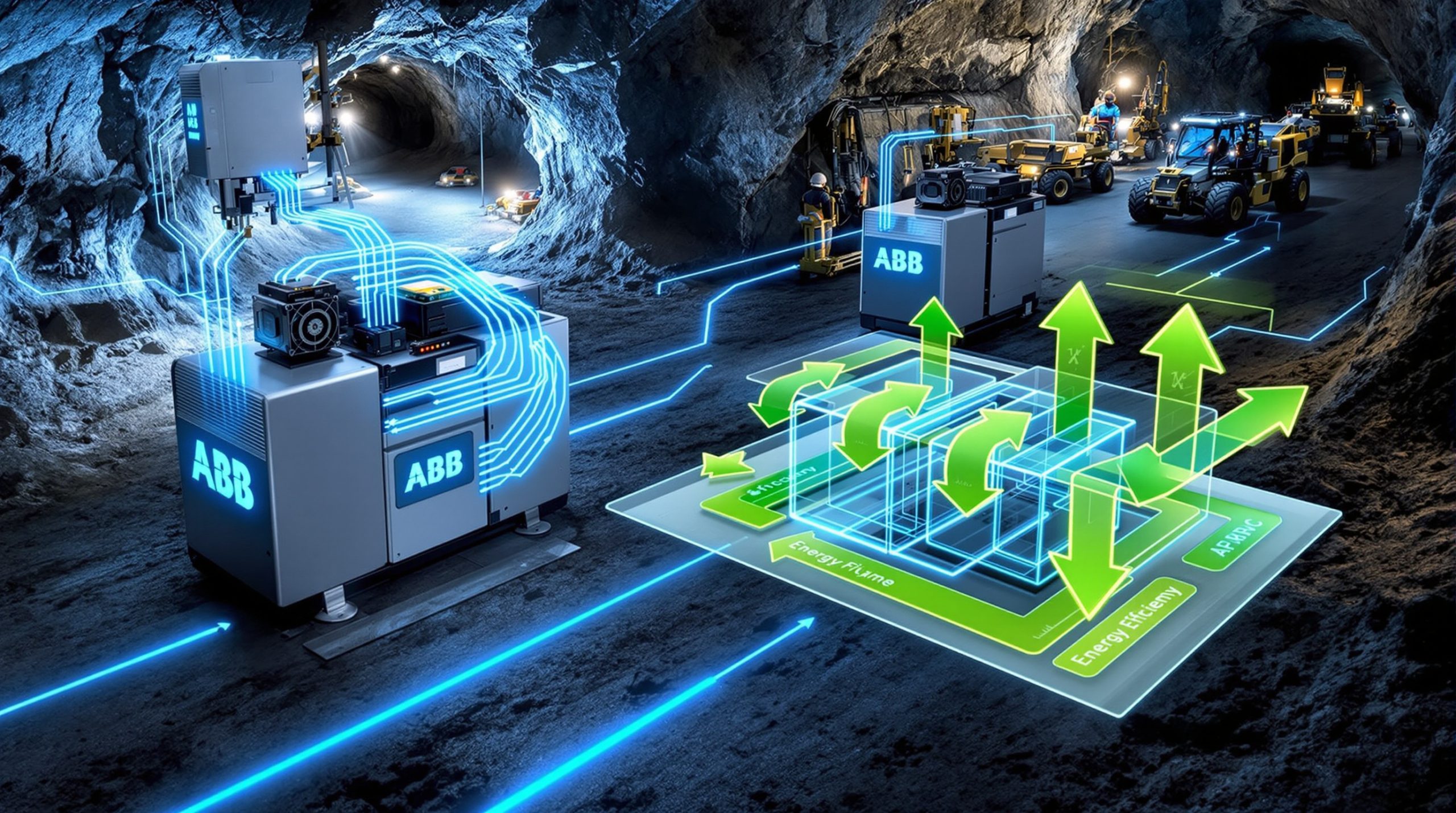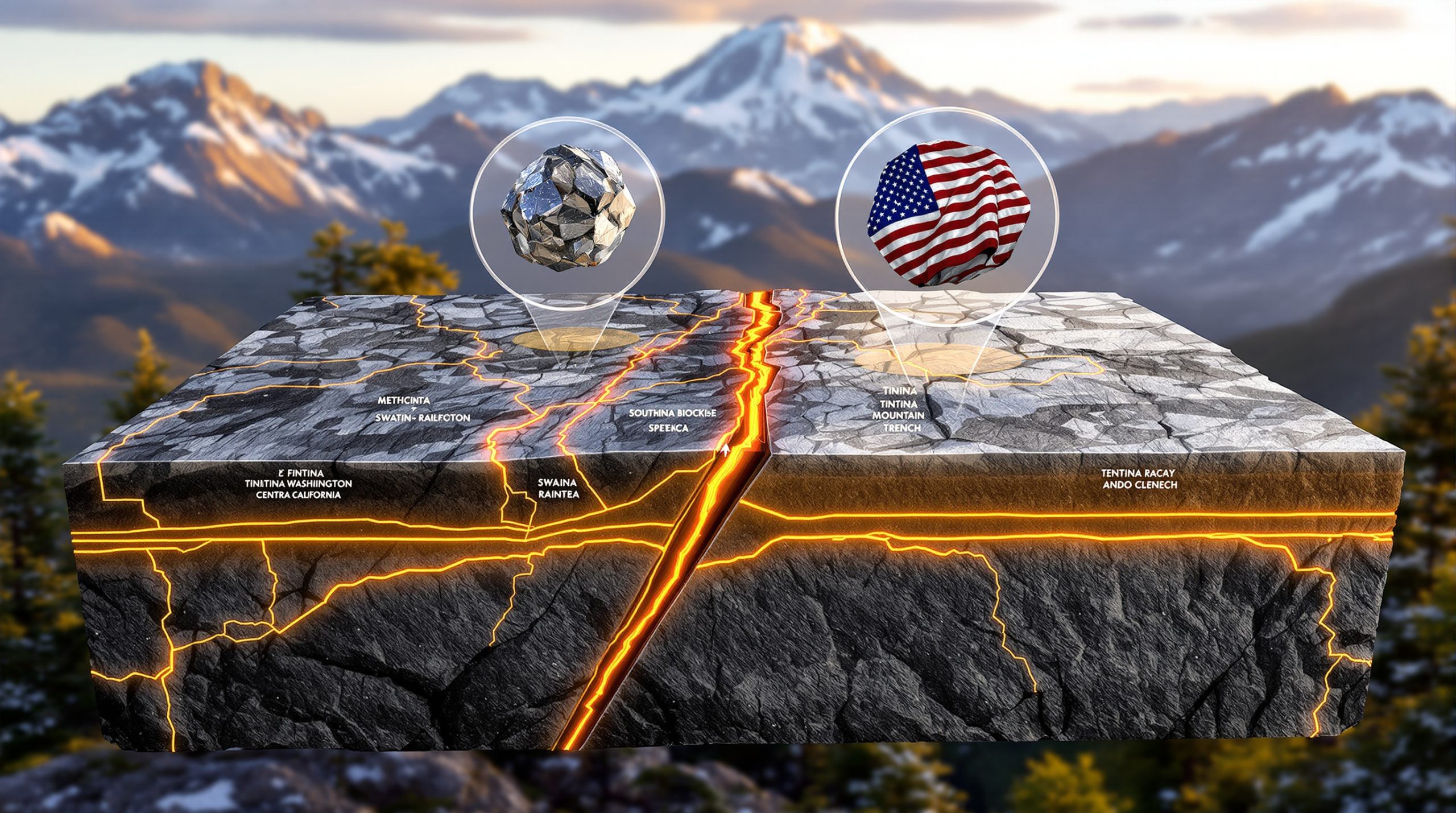Turning Waste into Gold: How Mining Companies Are Revolutionizing Tailings Reprocessing
Mine tailings—the fine-grained waste material left after mineral processing—have traditionally been viewed as an environmental liability. However, innovative companies are now recognizing these waste deposits as valuable resources that can be "mined" again using advanced technologies.
These historic waste deposits often contain significant amounts of valuable metals that weren't recoverable using older processing methods. With modern extraction technologies, companies can now extract these previously unrecoverable minerals while simultaneously addressing environmental concerns related to mining sustainability transformation.
The Scale of the Opportunity
Globally, billions of tonnes of mine tailings exist from centuries of mining operations
Many tailings deposits contain 30-60% of the original mineral content
Historic gold tailings often contain 0.5-2 g/t of recoverable gold
Modern processing can recover critical minerals like gallium and thallium that weren't previously targeted
Why Is Tailings Reprocessing Gaining Momentum?
Economic Drivers
The economics of tailings reprocessing have improved dramatically in recent years due to several factors:
Rising commodity prices (gold reached $2,600/oz in 2025, up from $2,400 in 2024)
Technological breakthroughs in extraction efficiency
Lower operational costs compared to traditional mining
No exploration or mining costs—material is already at surface
Environmental Benefits
Tailings reprocessing offers significant environmental advantages:
Remediation of legacy environmental issues
Removal of potentially harmful substances from the environment
Restoration of land for vegetation regrowth and community use
Significantly lower carbon footprint than conventional mining
Regulatory Support
Governments are increasingly recognizing the dual economic and environmental benefits of tailings reprocessing:
Ontario's new Mineral Recovery Permit program expedites tailings reprocessing approvals
Growing government support for domestic critical mineral supply chains
Alignment with ESG (Environmental, Social, Governance) investment criteria
Social license advantages through environmental remediation
How Do Modern Tailings Processing Technologies Work?
Cyanide-Free Gold Recovery
Traditional gold recovery typically relies on cyanide leaching, which poses environmental concerns. New technologies offer alternatives:
| Technology Comparison | Traditional Cyanide | Modern Cyanide-Free |
|---|---|---|
| Recovery Rate | 20-40% | 50-70% |
| Leach Time | 24-48 hours | 3-6 hours |
| Environmental Impact | High | Low |
| Water Recycling | Limited | Extensive |
| Reagent Recovery | Minimal | Significant |
These cyanide-free technologies use proprietary reagents that selectively bind to gold and other valuable metals, allowing for faster, more efficient extraction with reduced environmental impact. Furthermore, recent mine reclamation innovation has greatly enhanced the ability to restore tailings sites after processing.
Comprehensive Mineral Recovery
Modern tailings processing goes beyond targeting a single metal:
Multi-element analysis identifies previously overlooked valuable minerals
Selective extraction technologies can recover multiple metals in sequence
Critical minerals like gallium, thallium, and rare earth elements can be recovered
Silver and other precious metals are often recovered as co-products
What Makes a Successful Tailings Reprocessing Project?
Site Selection Criteria
Not all tailings deposits are created equal. Key factors that determine project viability include:
-
Mineral content: Higher grades of valuable minerals improve economics
-
Volume: Larger deposits provide economies of scale
-
Accessibility: Surface deposits with easy access reduce costs
-
Processing history: Older processing methods typically left more recoverable minerals
-
Environmental factors: Sites with environmental issues may receive regulatory priority
Technical Evaluation Process
The path to developing a tailings reprocessing project typically involves:
-
Initial sampling and analysis to identify mineral content
-
Bench-scale testing to determine recovery rates and processing requirements
-
Comprehensive drilling program to establish a modern resource estimate
-
Pilot plant testing to optimize recovery processes
-
Environmental baseline studies to assess current conditions
-
Economic modeling to determine project viability
-
Permitting and stakeholder engagement
-
Construction and commissioning
How Does Tailings Reprocessing Compare to Traditional Mining?
Operational Advantages
Tailings reprocessing offers several key advantages over conventional mining:
No drilling or blasting required – material is already mined and crushed
Reduced energy consumption – no need for primary crushing and grinding
Lower capital expenditure – simpler processing facilities
Faster path to production – shorter development timeline
Reduced permitting complexity – often classified as remediation
Economic Comparison
| Factor | Traditional Mining | Tailings Reprocessing |
|---|---|---|
| Initial Capital Cost | High | Moderate |
| Operational Costs | High | Moderate |
| Time to Production | 5-10+ years | 1-3 years |
| Resource Definition | Complex, expensive | Relatively simple |
| Environmental Permitting | Complex, lengthy | Streamlined |
| Social License | Often challenging | Generally favorable |
What Are the Challenges of Tailings Reprocessing?
Technical Challenges
Despite its advantages, tailings reprocessing presents unique challenges:
Material variability: Historic tailings often have inconsistent mineral distribution
Fine particle size: Can create processing challenges
Contamination: Historic tailings may contain unexpected contaminants
Water management: Processing requires effective water management systems
Reagent optimization: Each tailings deposit may require customized processing
Regulatory Considerations
While regulations are increasingly supportive, companies must navigate:
Ownership rights: Determining who owns historic tailings
Environmental liability: Managing legacy environmental issues
Closure requirements: Establishing final site conditions
Community agreements: Engaging with local and indigenous communities
Permitting processes: Even streamlined processes require thorough documentation
How Are Companies Building Tailings Reprocessing Businesses?
Hub-and-Spoke Model
Many successful tailings reprocessing companies are adopting a hub-and-spoke model:
-
Establish a central processing facility in a region with multiple tailings deposits
-
Process material from nearby tailings sites sequentially
-
Remediate each site after processing
-
Move to the next site while maintaining the central processing facility
-
Maximize equipment utilization and operational efficiency
Integration with Exploration
Some mining companies are integrating tailings reprocessing into broader business models:
Using cash flow from tailings operations to fund exploration activities
Building processing expertise that can be applied to new mining operations
Establishing environmental credentials that support new project development
Creating a diversified business model with both near-term and long-term assets
Which Regions Offer the Best Tailings Reprocessing Opportunities?
Historic Mining Districts
The most promising regions for tailings reprocessing typically include:
-
Historic gold camps with operations dating back to the early 1900s
- Kirkland Lake, Ontario (40+ legacy sites)
- Timmins, Ontario
- Kalgoorlie, Western Australia
- Witwatersrand, South Africa
-
Legacy base metal mining regions
- Sudbury, Ontario (nickel)
- Broken Hill, Australia (lead-zinc)
- Montana's Butte district (copper)
-
Areas with critical mineral potential
- Rare earth element mining districts in China and the United States
- Lithium mining regions in South America
- Cobalt mining areas in the Democratic Republic of Congo
Recent research from Cornell University has also demonstrated novel techniques for turning waste into gold from electronic waste, potentially opening new frontiers in urban mining.
What Does the Future Hold for Tailings Reprocessing?
Industry Trends
The tailings reprocessing sector is poised for significant growth:
Transition from niche to mainstream mining activity
Increasing focus on critical minerals recovery
Growing interest from major mining companies
Expansion of specialized technology providers
Development of mobile processing solutions
Investment Implications
For investors, tailings reprocessing companies offer unique characteristics:
Shorter path to production than traditional mining companies
Lower capital requirements and technical risk
Strong ESG credentials
Exposure to rising commodity prices
Potential for regional consolidation and economies of scale
How Can Investors Evaluate Tailings Reprocessing Companies?
Key Assessment Criteria
When evaluating companies in this sector, consider:
-
Resource quality: Grade, volume, and accessibility of tailings deposits
-
Technology advantage: Proprietary or licensed processing technologies
-
Recovery rates: Demonstrated mineral recovery percentages
-
Processing costs: Operating expenses per tonne processed
-
Environmental approach: Remediation plans and environmental benefits
-
Community relations: Agreements with local and indigenous communities
-
Management experience: Track record in processing operations
-
Financial position: Funding for development through to production
-
Growth pipeline: Additional tailings opportunities in the region
-
Offtake agreements: Secured buyers for recovered minerals
The Royal Mint has pioneered innovative processes for recovering gold from electronic waste, demonstrating that turning waste into gold is becoming increasingly viable across multiple sectors beyond traditional mining.
Conclusion: The Transformation of Mining Waste
The tailings reprocessing sector represents a fundamental shift in how the mining industry views waste. What was once considered a liability is now recognized as an asset—one that offers economic opportunity alongside environmental benefits.
As technology continues to advance and commodity prices remain strong, we can expect tailings reprocessing to become an increasingly important component of the global mining industry evolution. Companies that can successfully combine innovative processing technologies with strong environmental practices and community engagement will be well-positioned to lead this growing sector.
By literally turning waste into gold—and other valuable minerals—these companies are creating a new paradigm for sustainable resource development that benefits shareholders, communities, and the environment alike. Additionally, modern mine planning increasingly incorporates strategies for eventual tailings reprocessing, while countries like South Africa are exploring mineral beneficiation opportunities from existing waste deposits.
Disclaimer
This article contains forward-looking statements and industry projections. Commodity prices are subject to change, and investment decisions should be made based on thorough research and professional financial advice. Environmental and regulatory conditions vary by jurisdiction and may impact project viability.
Ready to Capitalise on the Next Mineral Discovery Opportunity?
Stay ahead of the market with Discovery Alert's proprietary Discovery IQ model, which instantly notifies investors of significant ASX mineral discoveries and transforms complex data into actionable insights for both short and long-term opportunities. Explore why major mineral discoveries can lead to substantial returns by visiting the Discovery Alert discoveries page and begin your 30-day free trial today.




